The difference between Rwandan coffee and Kenyan coffee is what are the different characteristics of African coffee beans

Professional coffee knowledge exchange more coffee bean information please follow the coffee workshop (Wechat official account cafe_style)
[Rwandan coffee beans]
Rwanda has always been given good coffee growing conditions: high altitude, volcanic soil, rich sunshine and Cabernet Sauvignon. Rwanda is also known as the "country of a thousand mountains" because many coffee trees are planted on mountains between 1700 and 2000 meters above sea level. Rwandan coffee is a world-class enjoyment, which is not only more balanced than Kenyan coffee, but also can compete with Chinese and American coffee. Generally speaking, Rwandan coffee has the sweetness of fruit, the fragrance of flowers and the aftertaste of black tea. The mode of operation of the coffee production line often depends on the country of production, while coffee in Rwanda is produced entirely by smallholder farmers rather than large-scale enterprises, and the African coffee production model is mainly produced by smallholder farmers. Compared with farms in Brazil, even small ones reach 20 hectares, while the 0.1-0.2 hectares in Rwanda are negligible.
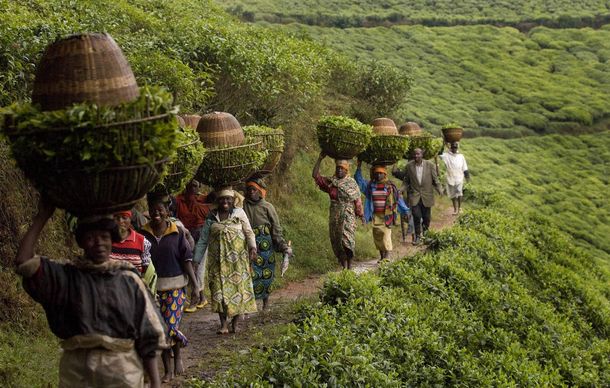
The farmers here will first pick the coffee beans from the coffee trees with their hands, then send them to the processing desk, and be trampled by the barefoot, singing farmers. These coffees are sweet with a clear taste of lemon and a faint taste of berries and chocolate.
For these developing countries, when the demand for special coffee becomes more and more popular, coffee will naturally become one of the main development directions of the country, in order to make continuous progress and be recognized by the international market.
When the coffee beans are separated from the fruit, the brown farmers will sort the beans one by one with rake and water, and then bask in the sun. As the coffee beans are sensitive to air humidity, whenever the breeze blows suddenly, the farmer will quickly cover them with a tarp.
Rwanda coffee flavor
The taste of coffee in Rwanda varies a lot: Cherry, raisin, lime, acrylic, cantaloupe, orange, honey, candy, apricot, plum and so on.
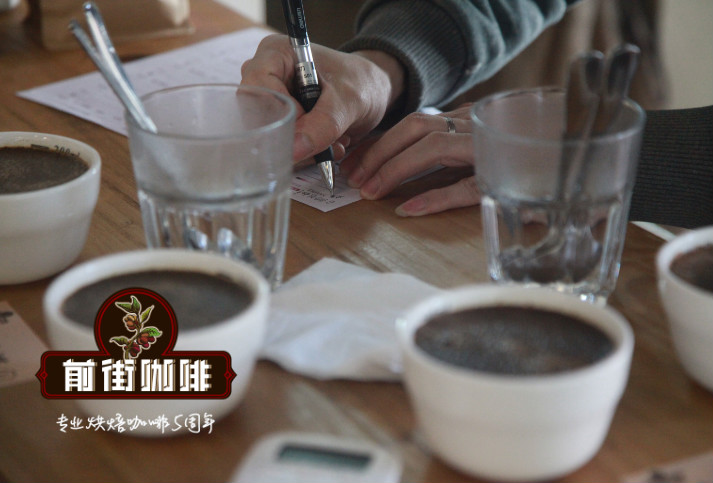
In fact, the taste of these fruits are certified by excellent growing conditions. According to information provided on National Agricultural Export Development Board, there are currently about 400000 small production units in Rwanda, and farmland is generally located at an altitude of 1700-2000, which creates a multi-layered flavor of coffee. Most of the country's coffee production comes from the west and south, but in fact it is produced in five regions. In the southwest, it is mainly the Virunga of the volcanic region, and the famous Sliverback mountain is also here. On the west side of the country is the Kivu district next to Lake Kivu. As for the central part of the country, there is the Kizi Rift area. Then go to the southern end of the map and there is a lower elevation of Akagera, about 1300 higher. Finally, there is the Muhazi area to the east.
The characteristics of the region are different, but generally speaking, all regions of Rwanda are high-altitude and have high-nitrogen volcanic soil. If you want to sing high-quality coffee, these conditions are indispensable.
Coffee treatment
Once upon a time, coffee was handled differently from each farm, and beans from different farms would be gathered together and mixed with neighboring ones.
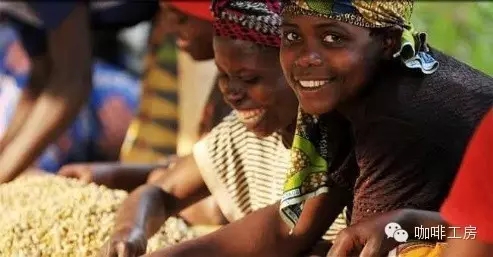
After the genocide, the country began to open up to accept foreign aid, and revitalizing the coffee industry has become the country's top priority. As a result, domestic programs such as PEARL and SPREAD began to appear, providing consistent training for farmers and setting up washing tables to match the traditional coffee treatment in East Africa. Burundi is one of the countries that use this approach and make the most of it.
Another point worth mentioning is Africa's unique Fully washed treatment, which soaks coffee beans twice, which is not common in Latin America.
The most commendable thing about Rwandan coffee is that after the coffee cherries are harvested, farmers pick out the immature green cherries first. The ripe cherries are then separated in the sink, and only the red cherries are sent to the sheller. According to the weather conditions at that time, coffee cherries with remaining pectin will ferment for 24-48 hours. The purpose of fermentation is to avoid damaging the taste of coffee. Then send the clean coffee beans that still have sheepskin to dry. All the coffee will be dried on the net bed for 15-22 days, and the water content will be about 11%. When the weather is too hot, the farmer must cover them with a cloth, so that the drying process will be completed prematurely.
The best Rwandan beans should be white, some drying processes should be completed in time, and there should be no cracks in the beans. In this way, more organic compounds can be retained, and the shelf life can be extended while the taste is good.
The treatment of high-altitude Rwandan coffee beans by full-water washing is generally sweet and thick.
[Kenya]
Kenya has always had a reputation for excellence in quality when it comes to coffee production in Africa. This may have something to do with its geographical location. After all, Ethiopia, the representative country of African coffee beans, is next to Kenya. Kenya has been one of the leaders of the coffee industry since coffee beans traveled through the mountains from Ethiopia to Kenya. Coffee beans produced in high-source mountain terrain are generally mellow in consistency, excellent in taste and pleasant in acidity. The person with the fragrance will also exude the delicate fragrance of flowers, and the aftertaste is not only lemon berry but also wine.
Kenyan coffee grade
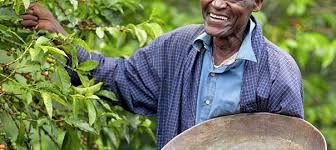
Kenyan coffee has a unique domestic rating system to measure the size, weight and shape of beans, generally divided into AA,AB,PB,C,E,TT and T. Bean size is an important criterion for scoring because soybeans show more aroma and stronger taste, both of which will be valued by coffee fans. If all the conditions of the two beans are the same, only the difference in size, the quality of soybeans will always be higher.
If readers are looking for a full-bodied cup of African coffee, I'm sure Kenya will surprise you.
Kenyan coffee quality
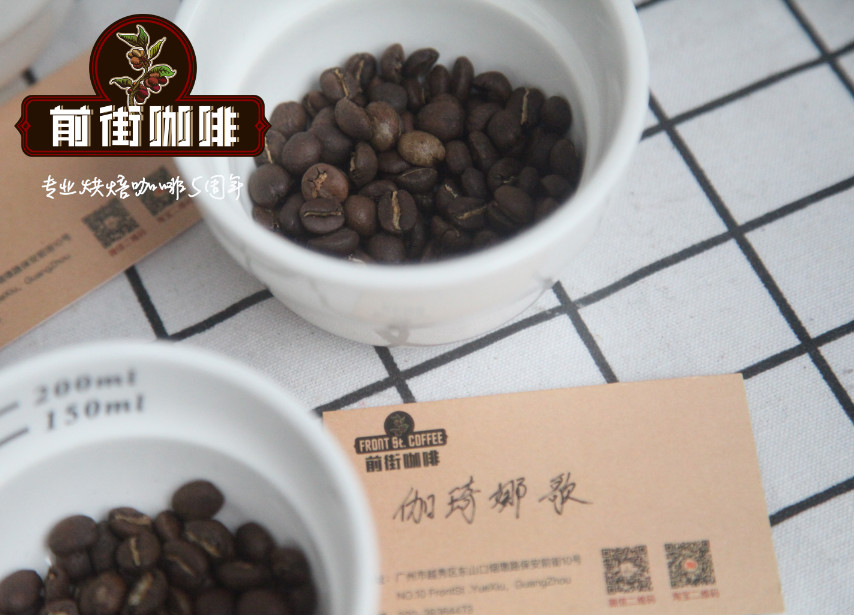
Arabica in Kenya grows in volcanic soil between 1400 and 2000 meters above sea level. This high altitude produces coffee with outstanding taste and high acidity. The palate is rich in flavors, with a wine finish and citrus and berry overtones.
On the other hand, fierce competition among farmers is also one of the factors of high quality. In Nairobi, the capital of Kenya, a public auction of coffee is held every week. Apart from the lively scene, farmers with high-quality coffee beans can also make huge profits, repeatedly promoting the progress of the coffee industry. Even international coffee buyers come to Nairobi to buy coffee and then distribute it to coffee outlets around the world.
Production
Since the introduction of coffee beans in 1893, coffee has been produced in Kenya for more than a century. The area of coffee production occupies a full 160000 hectares, which is one-third of the total planting area.
At present, coffee production in the mainland fluctuates mainly due to climatic and socio-economic factors. At present, about 1 million bags are produced each year, and there are two harvesting times, namely, March, April, the beginning of the rainy season and October.
Kenya AA
The growing environment of Kenya's AA is 6600 square feet, making it one of the best quality coffee in the world. Growing on high sources means slower growth, in which case coffee beans absorb more nutrients, allowing the taste to take longer to brew, thus becoming richer. As the finest coffee beans in Kenya, all AA coffee is made from the most impeccable Arabica beans. Treated by washing and refining, the peeling of the coffee fruit is backward, and the farmers will soak the beans in the water tank. In the process, the enzyme of the coffee bean itself will naturally break down the residue on the bean. When it is dried in the sun, the farmer can remove the skin without any effort. After grinding, the size of the beans is measured and graded.
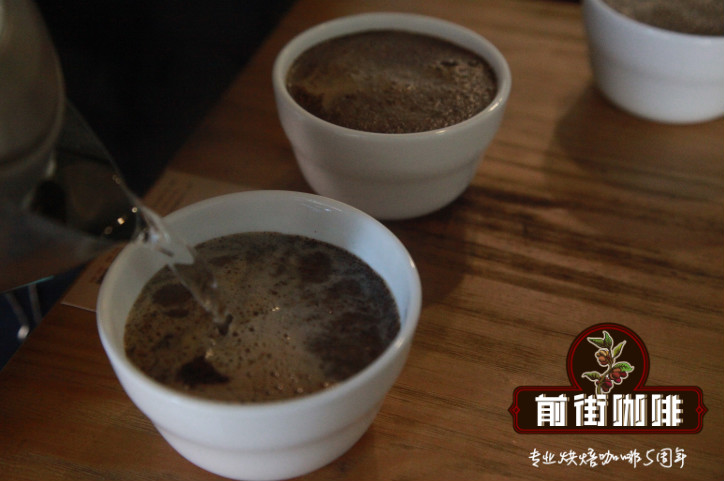
There are good beans and good baking to match. To bring out the characteristics of Kenyan AA beans is to bring out its strong citrus and berry flavors. The reason for drinking Kenyan AA beans is nothing more than being attracted by its flavor, almost without a little bitterness. The best AA beans are often roasted moderately, but too high will make them lose their unique characteristics. Kenya AA beans are the largest beans produced in China, and the brewed coffee is always mixed with fruit and flowers. Finally, like ordinary individual coffee, coffee beans always need to be freshly processed no matter how roasted they are, and goods that have been kept in the distribution warehouse for several months need to be avoided when making a profit.
Qianjie Coffee recommends roasting [Rwanda] coffee to cities or deep cities to get a mellow palate and chocolate nut flavor, while [Kenya] is roasted to light and medium-roasted, bringing out its rich berry, citrus and berry flavors.
END
Important Notice :
前街咖啡 FrontStreet Coffee has moved to new addredd:
FrontStreet Coffee Address: 315,Donghua East Road,GuangZhou
Tel:020 38364473
- Prev

Analysis of flavor and taste of Starbucks Rwanda Musasha coffee beans
Professional coffee knowledge exchange more coffee bean information please follow the coffee workshop (Wechat official account cafe_style) about coffee bean label design Musasha washing station is a gathering place, we get together, is a symbol of cooperation and trust. The label design directly shows the efficiency and spirit of unity and cooperation of the washing station. The staggered lines depict the state of flow, the part of the point.
- Next

Kilimanjaro and Kilimanjaro Coffee Kilimanjaro Coffee
Professional coffee knowledge exchange More coffee bean information Please pay attention to coffee workshop (Weixin Official Accounts cafe_style) Tanzania is a typical East African country, bordering Kenya and Uganda in the north, Malawi, Mozambique and Zambia in the south, Rwanda and Burundi in the west. When it comes to coffee in Tanzania, one cannot fail to mention coffee produced in the Kilimanjaro region. She is located in Tanzania.
Related
- Does Rose Summer choose Blue, Green or Red? Detailed explanation of Rose Summer Coffee plots and Classification in Panamanian Jade Manor
- What is the difference between the origin, producing area, processing plant, cooperative and manor of coffee beans?
- How fine does the espresso powder fit? how to grind the espresso?
- Sca coffee roasting degree color card coffee roasting degree 8 roasting color values what do you mean?
- The practice of lattes: how to make lattes at home
- Introduction to Indonesian Fine Coffee beans-- Java Coffee producing area of Indonesian Arabica Coffee
- How much will the flavor of light and medium roasted rose summer be expressed? What baking level is rose summer suitable for?
- Introduction to the characteristics of washing, sun-drying or wet-planing coffee commonly used in Mantenin, Indonesia
- Price characteristics of Arabica Coffee Bean Starbucks introduction to Manning Coffee Bean Taste producing area Variety Manor
- What is the authentic Yega flavor? What are the flavor characteristics of the really excellent Yejasuffi coffee beans?

